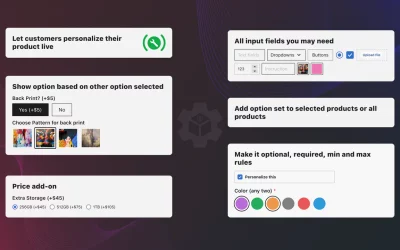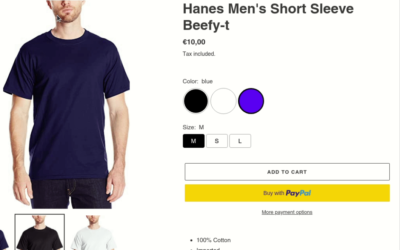ChatGPT, also known as Generative Pre-training Transformer, is a state-of-the-art language model developed by OpenAI. It is trained using a massive amount of text data, allowing it to understand and generate human-like text.
One of the key advantages of ChatGPT is its ability to generate human-like text, making it a powerful tool for natural language processing (NLP) tasks such as text completion, question answering, and language translation. It can also be used for creating chatbots, virtual assistants, and other applications that require human-like text generation.
Another advantage of ChatGPT is its flexibility. It can be fine-tuned for specific tasks and industries, such as legal document generation or customer service chatbots, by training it on relevant data. Additionally, it can be integrated with other tools and technologies, making it a versatile choice for developers and businesses.
But it’s not just for business, ChatGPT can be used for fun as well like for writing fiction, poetry, or even generate jokes. It can also be used for creative writing, helping authors with writer’s block or to generate new story ideas.
It’s important to note that ChatGPT, like other language models, may perpetuate biases present in the data it was trained on. OpenAI has released a set of best practices for working with GPT-3 (including ChatGPT) to mitigate these biases.
Overall, ChatGPT is a powerful tool for NLP tasks and offers a wide range of possibilities for businesses and developers. It’s ability to generate human-like text and its flexibility make it a valuable asset for various industries and applications.




